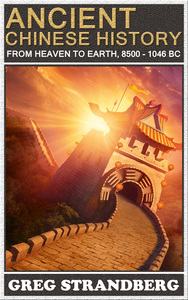
It’s a good question, and the answer is yes…sort of. It’s not the god you and I might think of, more along the lines of a mythical god.
Actually…that’s not quite right either. See, it’s damn hard figuring out what people 10,000 years ago were thinking. The source materials aren’t that good, and often come from centuries later. Plus Buddhist and Taoist influences from centuries, and even millennia earlier, come into play.
But I don’t want to bore you. I’ll do that later this month when Ancient Chinese History: From Heaven to Earth, 8500 to 1046 BC is released. Until then, wet your appetite on this legendary story of the Jade Emperor, which comes from one of the earliest manifestations of God, Shangdi. Enjoy!
The Jade Emperor
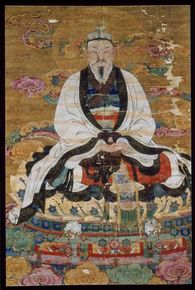 Jade Emperor art from 16th century
Jade Emperor art from 16th century His birth makes it clear he was not human. He emitted a “wondrous light that filled the entire kingdom,” no doubt making it clear to all around that a new day was dawning.
A new day was what was needed. The world was a harsh place at that time, and people had it rough. Creatures of nightmares roamed about and people lived with suffering and want. Death was seen as better than living.
The Jade Emperor was born into this world and his youth was spent doling out kind acts to the needy, particularly those that had been forgotten by society, such as the hungry, disabled, and poor. He treated all with respect and when his father died it was with a great happiness and hope from his people that he took the throne.
The Jade Emperor knew he wasn’t ready, however. After ensuring everyone in the kingdom had peace and plenty, or at least as much as it could, he headed off to the Bright and Fragrant Cliff to cultivate his Tao. To do that he needed to engage in kalpas, which are extremely long periods of time, eons really. Sometimes they’re called trials, and those last even longer.
The Trials of the Jade Emperor
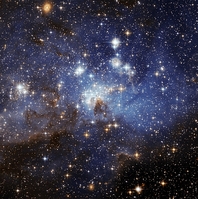
Whether the Jade Emperor cultivated his Tao for 100 million years or 9.6 billion is unknown, but what is known is that the outside world crept into his consciousness during that time. He was disturbed by something, a growing evil in the land.
Shortly after the Jade Emperor had gone away the evil he’d done such a good job ridding the world of once again returned. What this evil was isn’t known, although it was some kind of powerful entity that had one desire – to overthrow the existing hierarchy of deities and enslave the world to its cause.
To do that it’d need power, and to get power it had to cultivate its Tao, just like the Jade Emperor was doing. But whereas the Jade Emperor went 3,200 trials, this evilness only went 3,000 trials. This impatience proved to be a fatal mistake.
3,000 trials at 3 million years each would be an even 9 billion years. No one can really blame the evil entity for thinking that was long enough to gain the power needed to rule the world, long enough to cultivate its Tao fully.
Coming out of its long slumber, the evilness was able to rally an army of demons to its side. With them it attacked Heaven and succeeded in defeating all of the deities. The world looked finished.
The Most Epic Battle…Ever!
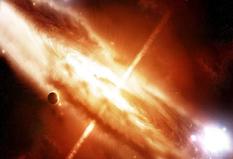
Mountains became plains and deserts turned to sea as the two cosmic beings fought across Heaven and Earth. How long their battle raged is unknown, but eons wouldn’t be a bad guess.
In the end the extra 200 trials that the Jade Emperor had endured proved the difference. Those extra trials had taught him the power of benevolence, or giving selflessly. The evil entity knew no such thing, and perhaps that was the reason it’d originally stopped the trials early.
Whatever the case, the Jade Emperor defeated the evilness and banished it from the Earth. The remnants of the evil’s army were scattered by what was left of the pantheon of Gods and the few immortals still living. Light returned to the land, and it was clear to Gods and men that the Jade Emperor was the Supreme Divinity, or God.
Read another excerpt about the ancient Xia Dyansty and the Great China Flood of 2200 BC.
Or just go ahead and buy this great book on Amazon or Smashwords today!
Allan, Tony and Charles Phillip, and John Chinnery. Land of the Dragon: Chinese Myth. Duncan Baird Publishers: London, 2005.
Christie, Anthony. Chinese Mythology. Hamlyn Publishing: Feltham, 1968.
Harper, Donald. “A Chinese Demonography of the Third Century B.C.” Harvard Journal of Asiatic Studies, 1985.
Jeaneane D. Fowler and Merv Fowler. Chinese Religions: Beliefs and Practices. Sussex Academic Press: Eastbourne, 2008.
Xinzong, Yao. Chinese Religion: A Contextual Approach. Bloomsbury Academic: London, 2010. p 154.
Yang, Lihui, et al. Handbook of Chinese Mythology. Oxford University Press: New York, 2005.


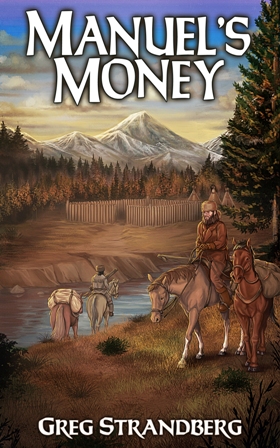
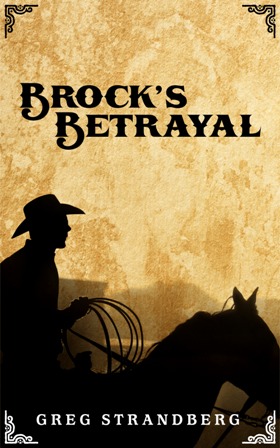
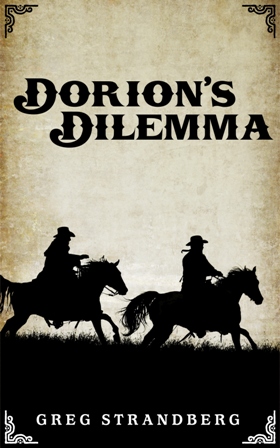
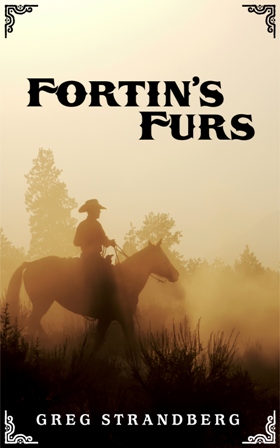
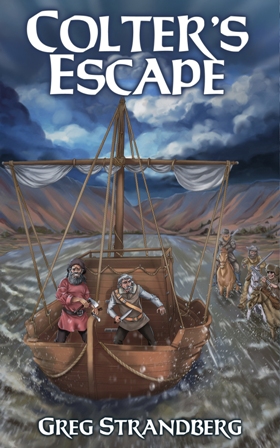
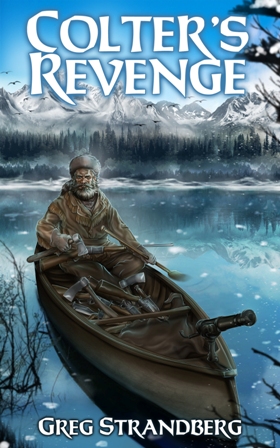

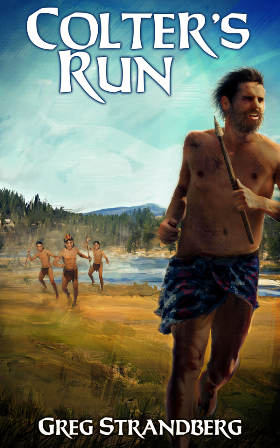
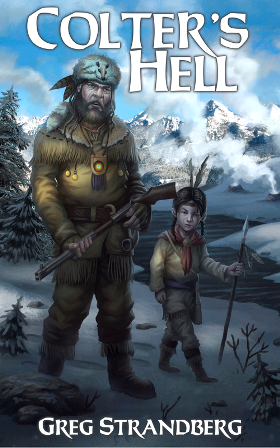

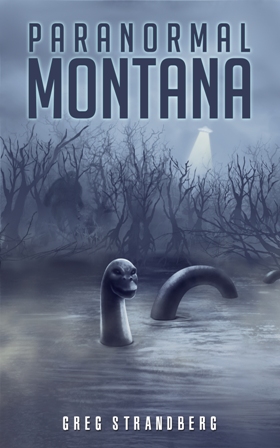
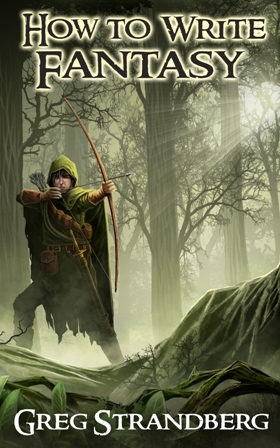

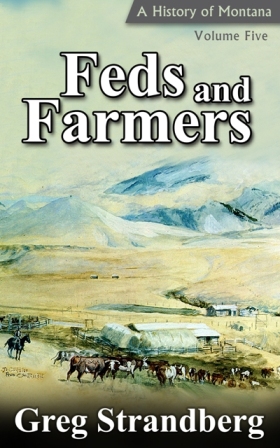
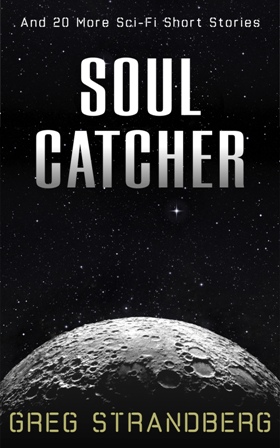
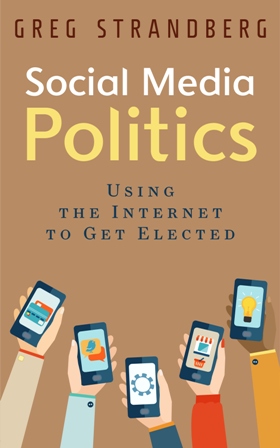
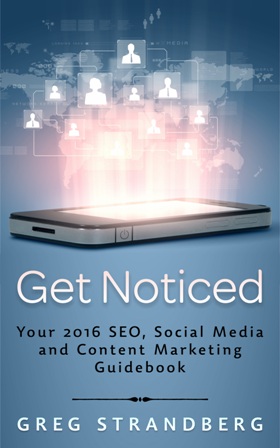
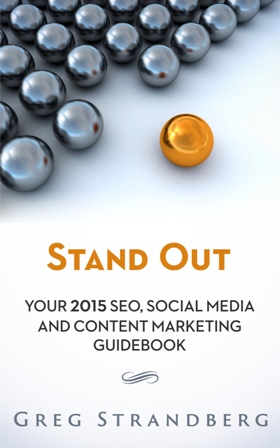
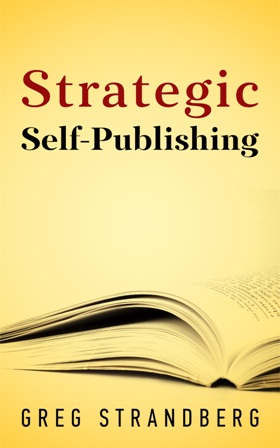
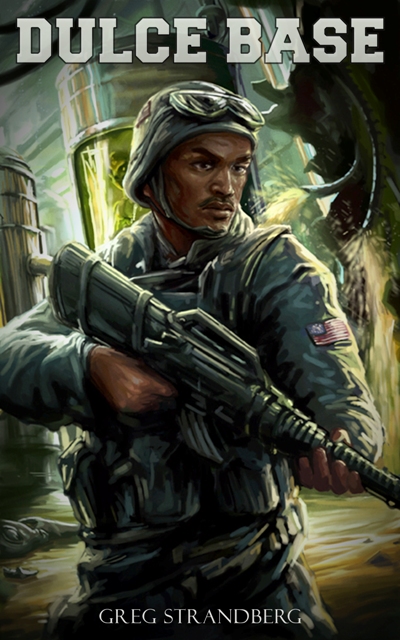
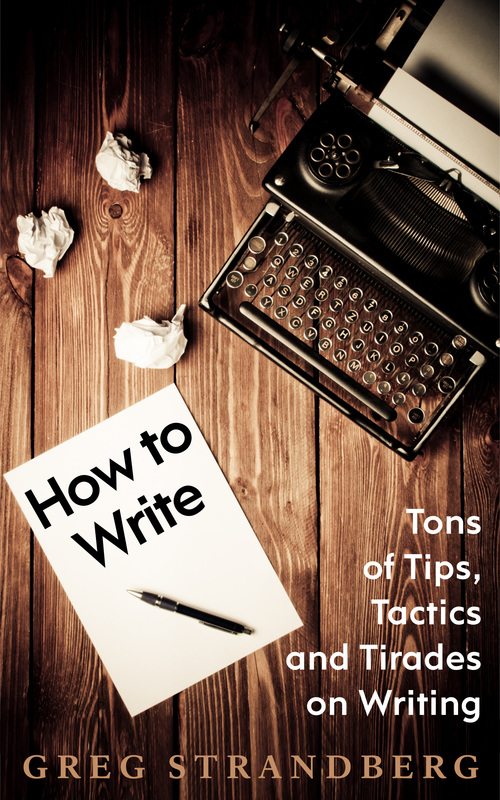

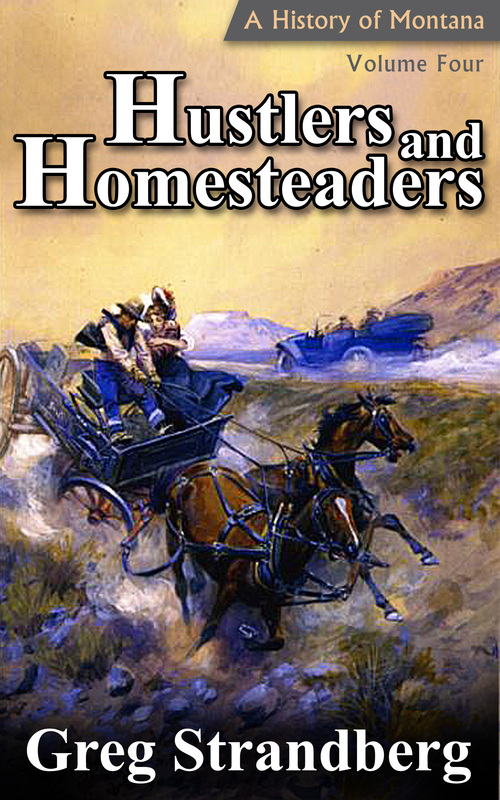
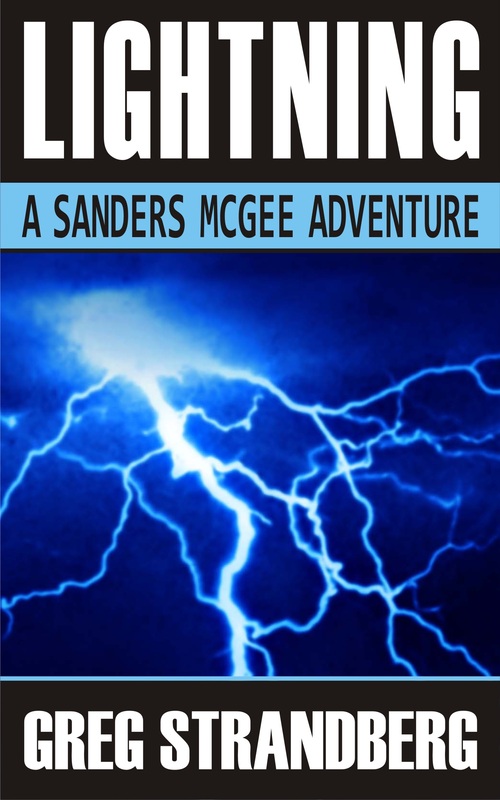

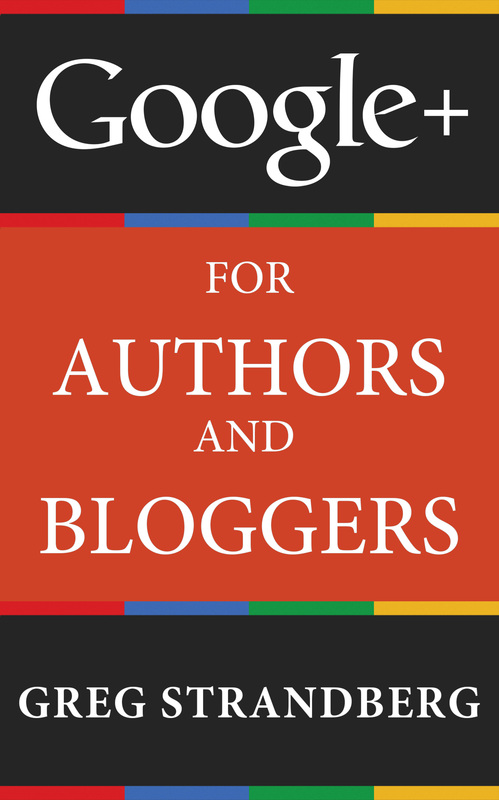
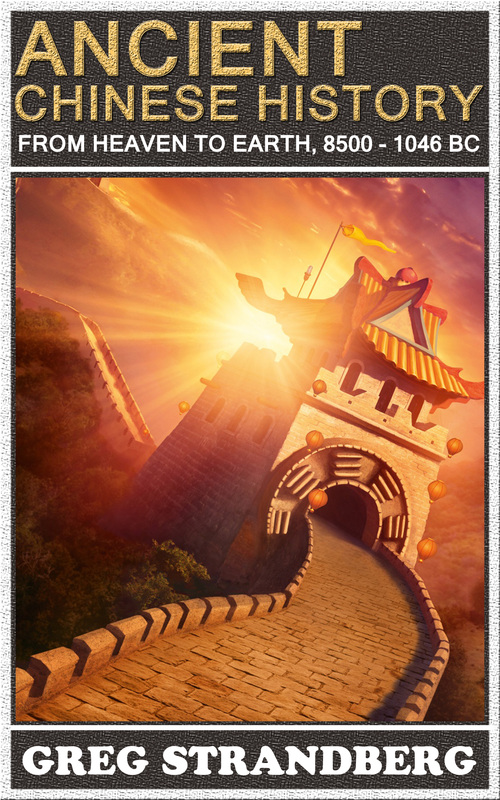



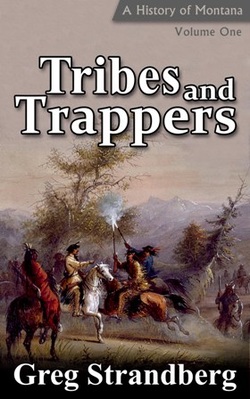
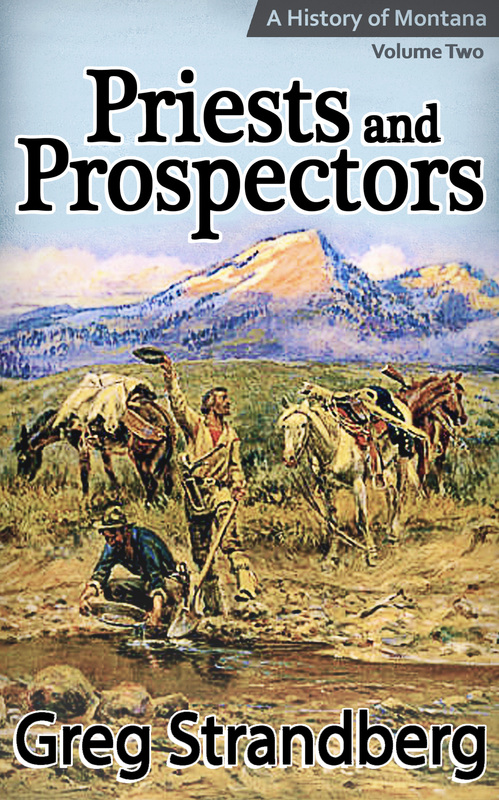
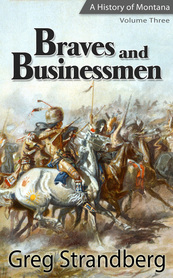
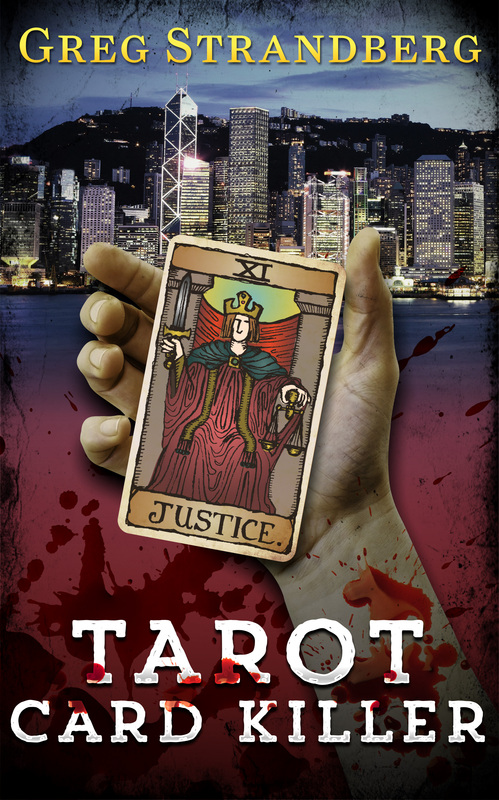


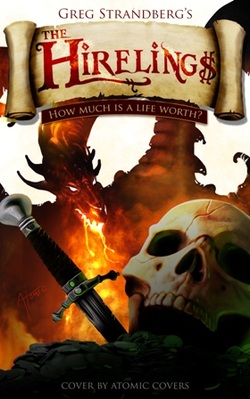




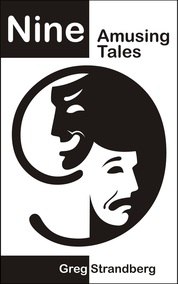
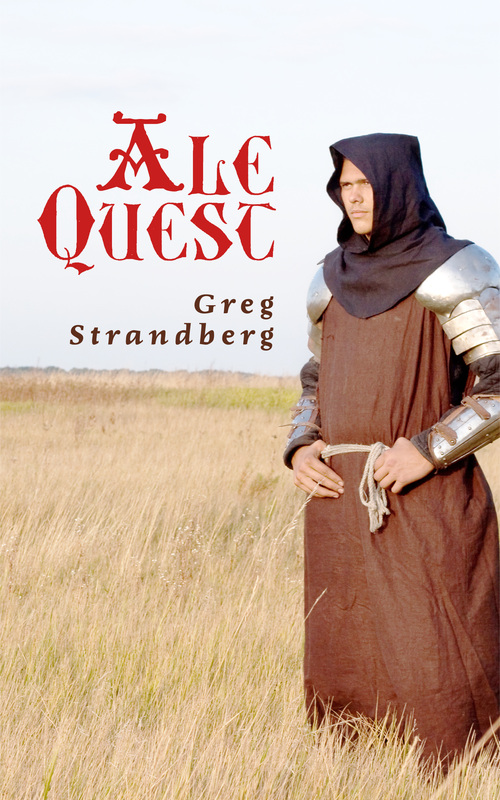
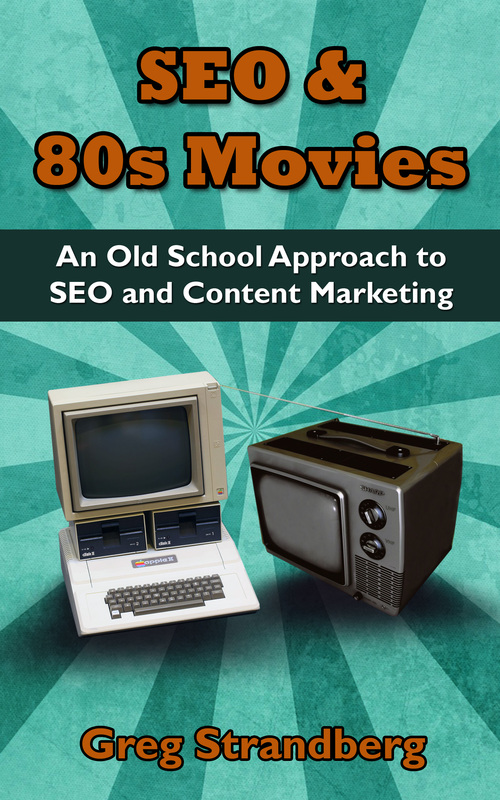
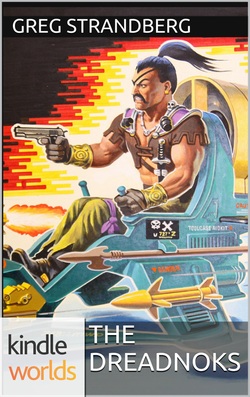



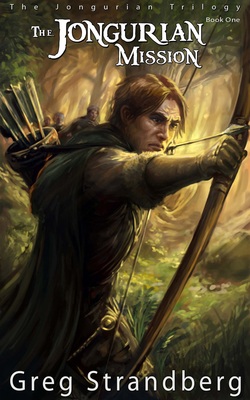
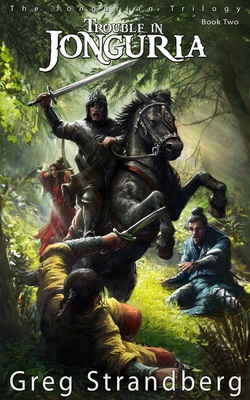
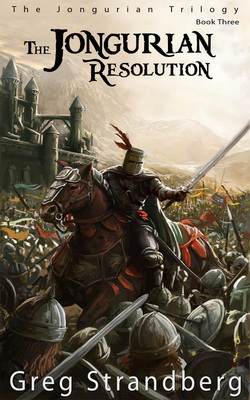
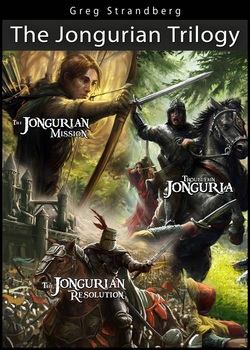
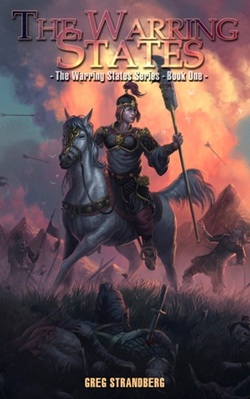
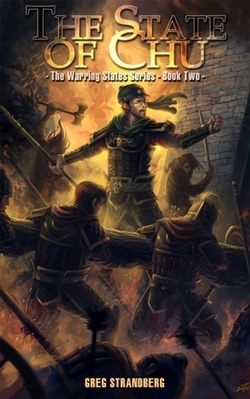
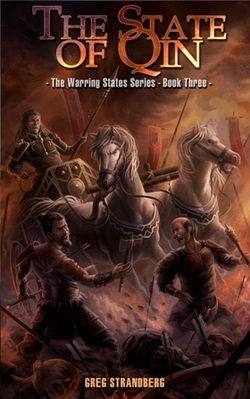
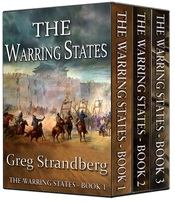
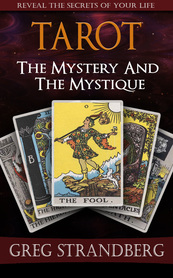
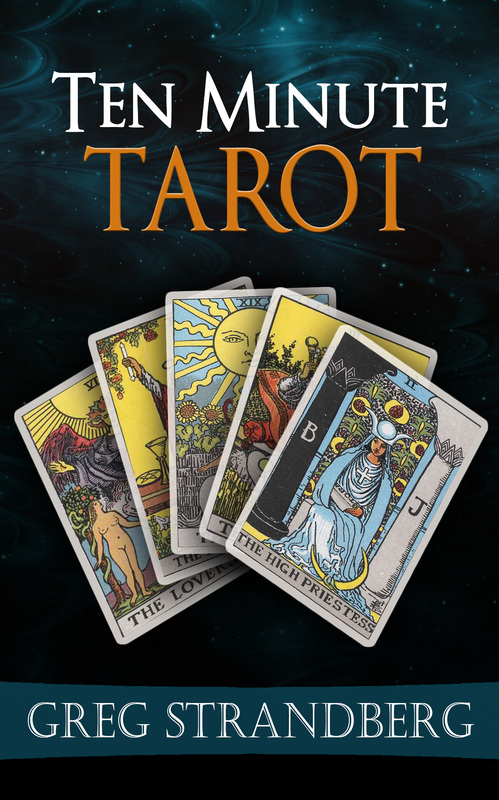
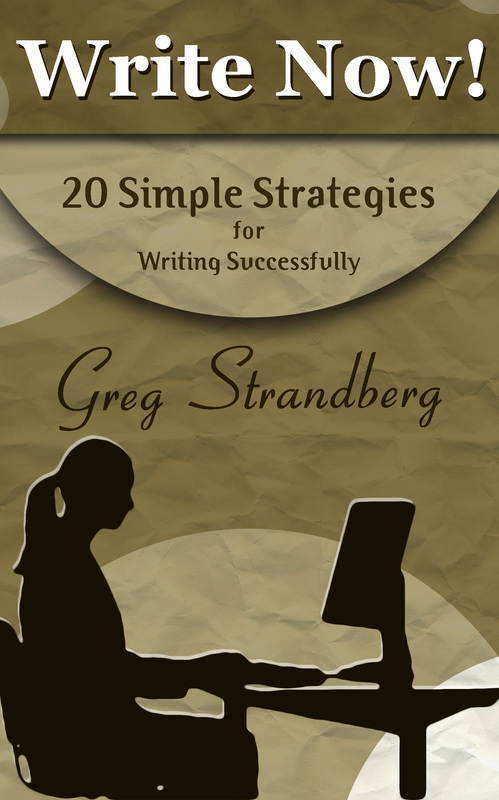
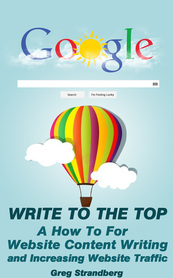

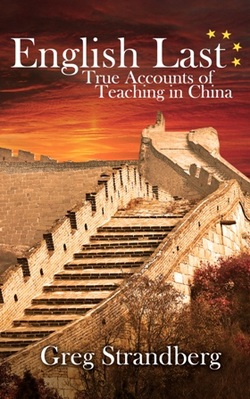
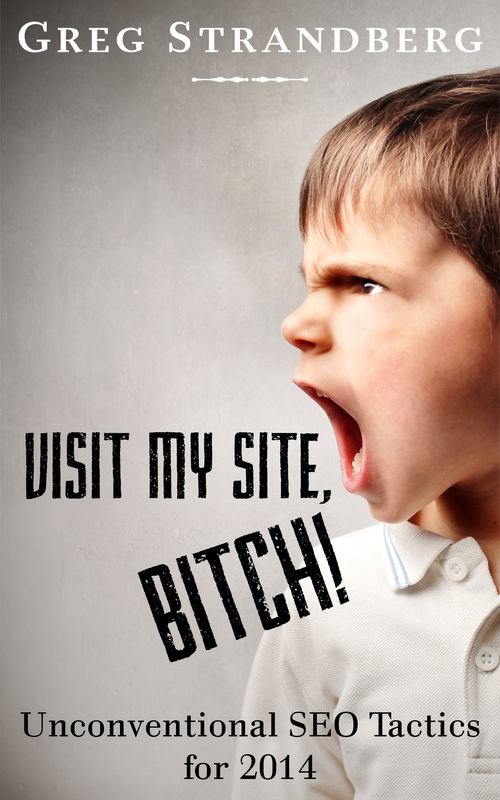
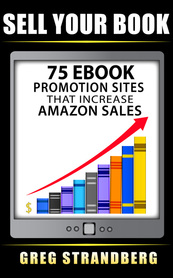
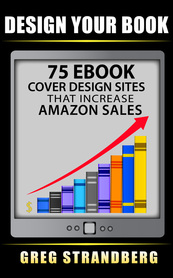
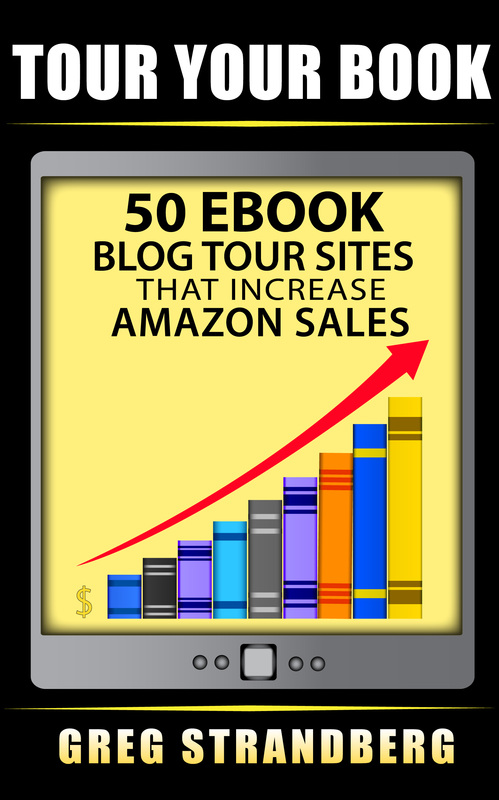


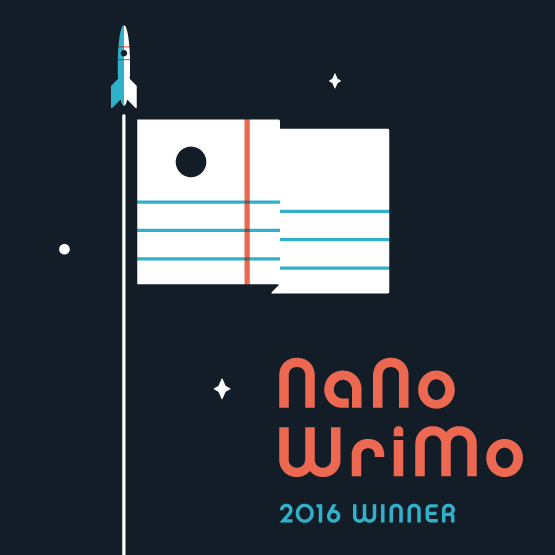
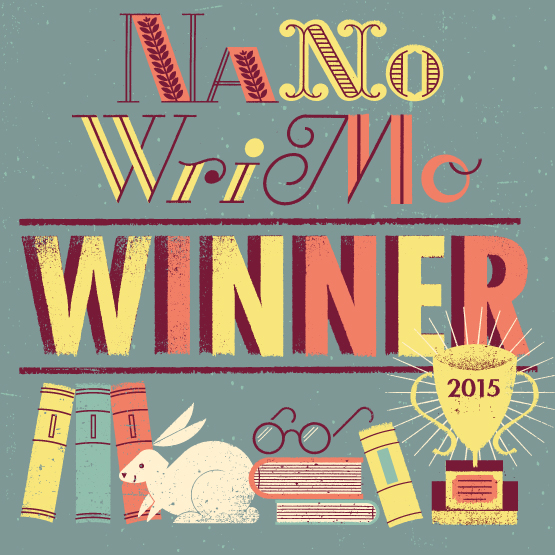
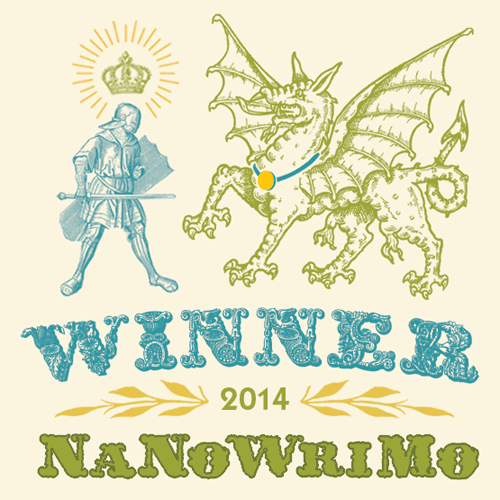
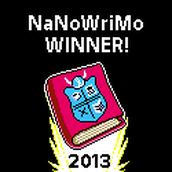
 RSS Feed
RSS Feed